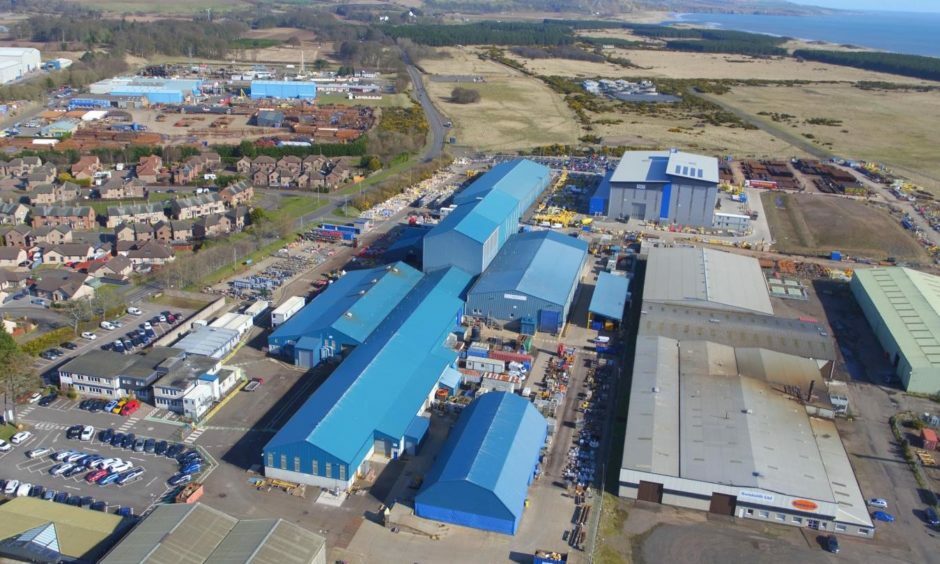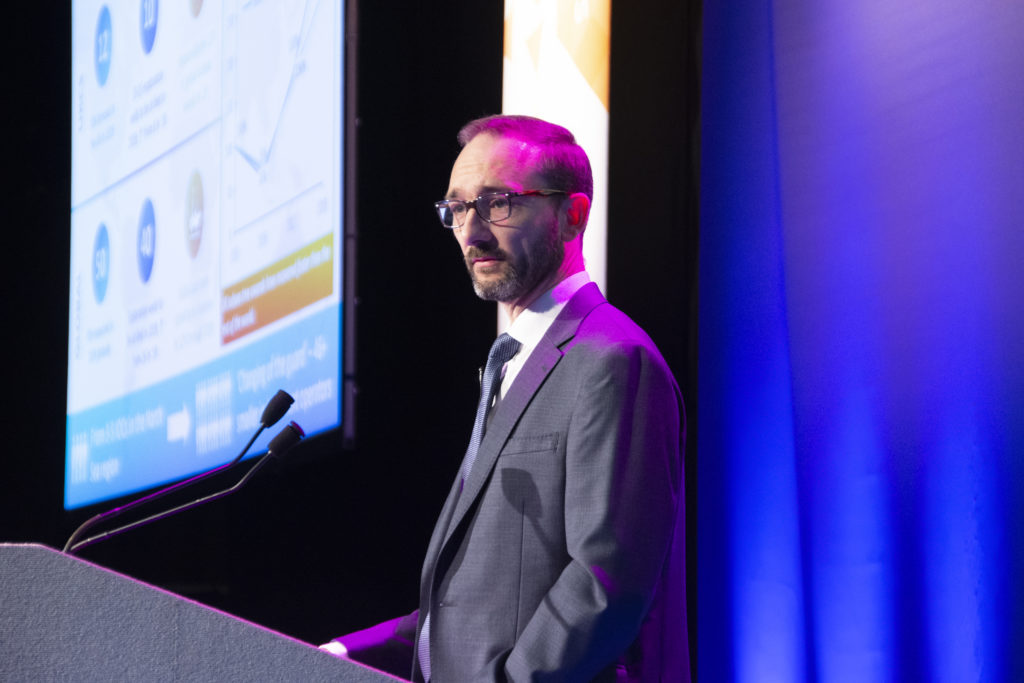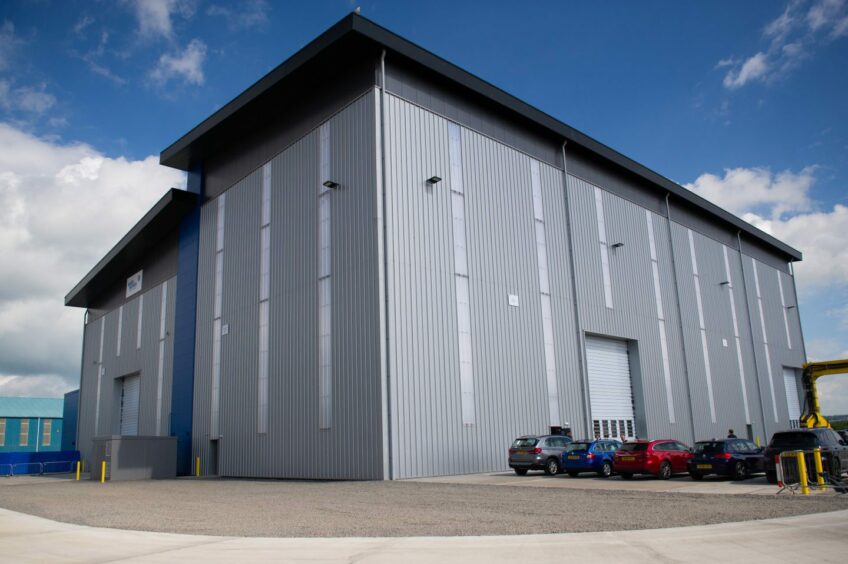 © Baker Hughes
© Baker Hughes With pedigree and skills in abundance, Baker Hughes is ideally placed to help solve the two major challenges facing the North Sea.
From its UK manufacturing bases, the oilfield services giant is developing technology that will reduce the environmental impact of producing oil and gas, a fundamental part of the energy security drive.
At the same time, Baker Hughes is ideally suited to support governments, using local expertise to support the global transition to net zero, while also responding to the growing demand for energy.
Speaking at the firm’s base in Montrose, Romain Chambault, European vice president for oilfield equipment at Baker Hughes, said: “We’ve been in the North Sea for decades. Baker Hughes is the biggest original equipment manufacturer (OEM) and services company in the region.
“That is a big help to us, but we’ve also made a conscious decision to invest in the North Sea in order to help our customers. Between the oil and gas price increase, the windfall tax investment relief, and the energy security mandate, we believe that there will be an uptick in activity in the years ahead.”
On the oilfield services side of the business, Baker Hughes – which employs 4000 people across the UK – is investing in technology, developing and delivering competitive and innovative subsea solutions.
As well as meeting the economic and technical requirements of customers, the company is also addressing the growing drive to lower the North Sea’s operational emissions.
It connects the entire subsea development process; supporting customers to optimise not just the initial CAPEX spend, but the entire life of field.
As a result Baker Hughes can influence 80% of project development costs and value drivers for the better.
Andy Barr, Baker Hughes’ sales director for oilfield equipment, covering Europe, said: “We’ve gone through a significant journey with product structuring. We can deliver products now, like subsea trees, in a fraction of the time of the industry standard. The average is around 20 months; we can do it in 10.”
“We’re also investing in new technology that meets the challenges of the current energy industry.”
In line with the global imperative to decarbonise, Baker Hughes is also actively engaging in the low carbon energy space.
At its Montrose facility in particular, the company is analysing how the market is evolving, and manufacturing products that will help to rewire the UK’s power system.
James Richardson, Baker Hughes’ director for industrial decarbonisation, said: “Baker Hughes has made big bets on technologies around carbon capture and storage (CCS), hydrogen production and geothermal – these things need to be developed.
“A lot of the technology is currently not commercial, but it will be in the near term, and those solutions will be made available.
“There is a lucrative market that exists somewhere in the future for CCS and hydrogen; that’s a huge opportunity and we’re clearly well-positioned to access that.”
As it continues its pivot towards low carbon energy sources Baker Hughes is cognisant of taking its hundreds of skilled employees along for the journey.
Ensuring that workers are not left behind is a key challenge for industry, and with a foot both camps, the company is able to support its staff as the energy transition accelerates.
Sami Semlali, Montrose CoE plant leader, said: “It is a journey. We are attracting young graduates who are helping to deliver the products that will be the future of our industry.
“The technology already exists in many cases, it’s just a case of finding the best way to apply it to the energy transition. There is a big opportunity for us – Montrose is near to many offshore wind projects, and Baker Hughes does a lot in subsea power and distribution.
“The company is doing a great deal of work already to get the transition wheels moving, and that will only accelerate.”


